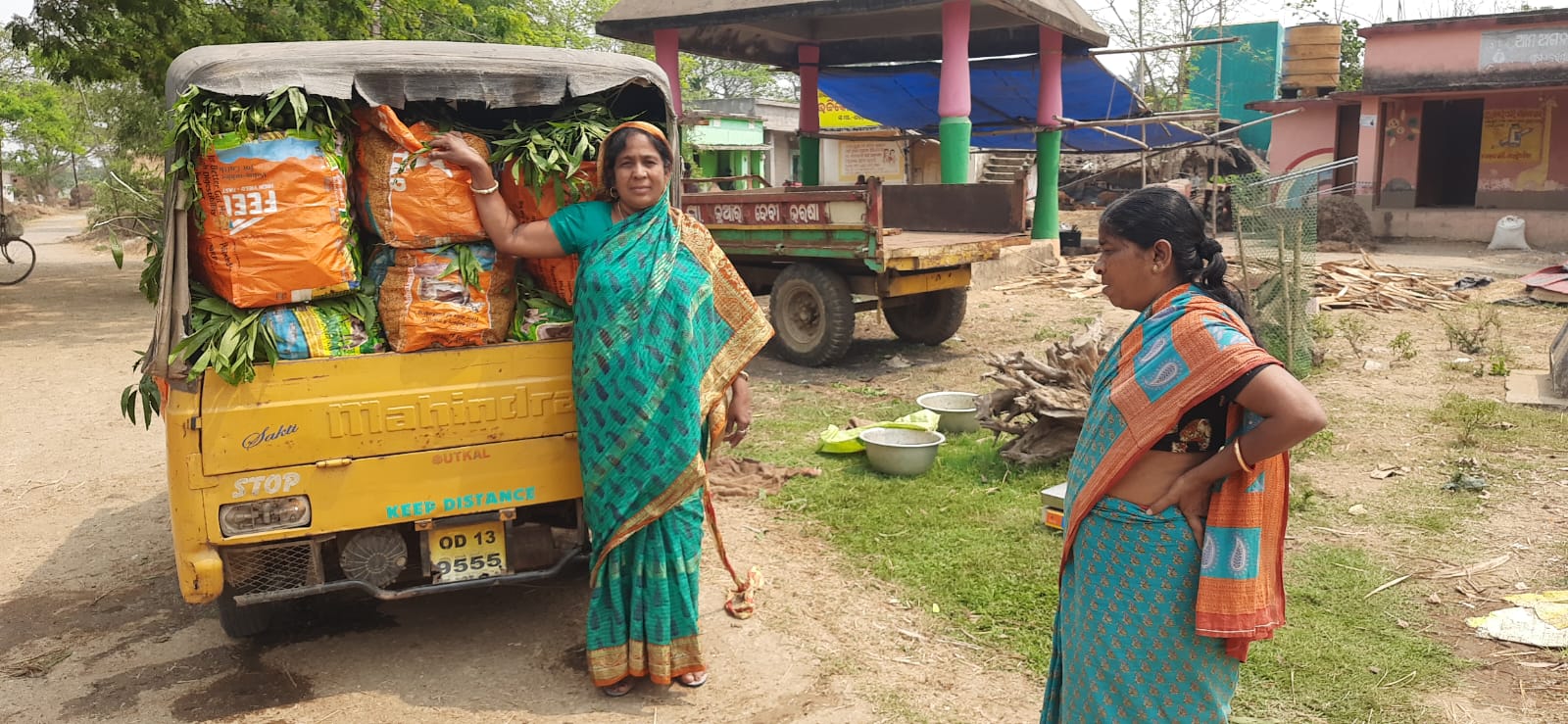
Farming serves as the primary source of income for much of rural India—and smallholder farmers make up much of the country’s agricultural landscape. Farmer Producer Organizations (FPOs) have been touted in the country as a way to help these farmers realize economies of scale and, ultimately, earn more household income.
At a recent learning workshop for stakeholders in the Indian state of Odisha, attendees agreed the FPO structure provides advantages for the smallholder farmer. For one, the model aligns with the central government’s theme of doubling farmer income, noted Dr. Pradosh Kumar Panda, additional director of the Directorate of Horticulture in Odisha. In Odisha, the first state in India to adopt the FPO model, nearly 900 FPOs operate across 30 districts in 245 blocks. The FPOs in Odisha encompass 300,000 farmers.
Yet the quantity of FPOs in Odisha belies the reality: FPOs currently lack the skills and capacity to operate like a corporate entity. They need sustained technical support and capacity building to ensure their growth and success.
Under the Promotion & Stabilization of Farmer Producer Organizations (PSFPO) project, Tanager and its partners are playing that role with eight “lighthouse” organizations. Over the course of the past two and a half years, the implementing partners have provided market linkages, marketing assistance, trainings and other support to help these FPOs get ever closer to realizing their potential. The lighthouse FPOs will subsequently serve as models for replication by other producer organizations.
Tanager’s recent learning workshop, “Enhancing Farmers’ Incomes through Sustainable FPO Business Models,” held in Bhubaneswar, Odisha, offered stakeholders a taste of what implementers have already learned through the project. (A second workshop is slated for August.) These findings have the potential to improve other FPOs, in Odisha and beyond:
Learning 1: Primary evacuation from field to Farmer Producer Organization is a challenge for farmers
Distances in excess of 20 km from field to FPO can act as a deterrent for the farmer to leverage the FPO structure. Operating a hub-and-spoke model, with the FPO serving as the hub and the spokes acting as temporary collection centers closer to farmer fields, addresses this challenge.
Gopalpur FPO, a 543-member organization covering 27 villages in Ranpur, Odisha, saw an exponential hike in sales and procurement when it piloted the hub-and-spoke model, leading the other seven lighthouse FPOs to adopt the model. The FPOs have since experienced a 400 percent increase in sales.
Learning 2: Community resilience will depend upon diverse sources of income
The mere existence of FPOs does not automatically generate a steady income for farmers. Due to an inadequate rural infrastructure, climate risk and insufficient insurance coverage, farm communities still suffer significant dips in income when they experience the sudden loss of crops or personal effects. Income-generating activities, which ensure a diverse source of income, help address this issue.
Another significant benefit of income-generating activities: their potential to empower women in the community, with positive effects that cascade down to their households. Income-generating activities put income in the hands of women, which allows them to make purchase decisions for themselves and their families. Vegicoasta Farmer Producer Company, a woman-only organization, has begun producing black gram badi alongside its crops. In FY 2021–22, it achieved a turnover of INR 58 Lakhs—with a profit of INR 6 Lakhs—compared to a turnover of just over INR 10 Lakhs, with no profit, in 2019, before Tanager’s involvement.
Those involved in income-generating activities have also reported increases in self-confidence and improvements in their mental health. Panelists noted that minimizing the physical labor—such as through mechanization—and providing an environment more conducive to engaging in income-generating activities could lead to even greater productivity and member engagement.
Learning 3: To truly benefit farmers, goals of the Farmer Producer Organization must align with farmer interests
The FPO concept allows farmers to realize the benefits of economies of scale and collective marketing. There must, however, be alignment between the FPO’s agenda and the farmers’ interests. FPOs must operate with a process and vision that puts farmer needs at their core.
Learning 4: Farmer Producer Organizations require adequate working capital to succeed
Even with the best business plans, FPOs will not succeed without timely access to working capital, at competitive interest rates and with flexible terms. FPOs should, in fact, build into their operations regular outreach to financial institutions, to be able to take speedy advantage of any business opportunities that may arise.
Market linkages and astute implementation make up the other two legs of this platform and are interlinked. At the workshop, representatives from three of the project’s lighthouse organizations noted that, with some of the interventions being implemented, they expected to achieve increased sales and revenues in the coming quarter—which, in turn, would strengthen their balance sheets and provide access to greater working capital.
Learning 5: Productivity increase will only occur with access to quality—and convenient—agricultural inputs
Farmers require access to quality inputs, in proximity to their fields and at the optimal times for their crops. Incorporating an input shop into the FPO structure is a win–win solution for farmers and the organization alike: Farmers get access to inputs; FPOs enjoy increased revenues.
Taptapani FPO, located in Gajapati, Odisha, covers 112 villages and boasts 731 members. At the learning workshop, representatives noted its future revenue model will include the establishment of a one-stop support service center that will provide quality input supplies, as well as other services, such as branding, marketing, packaging and processing. Already it has obtained a seed license for various crops, a retailer license to supply fertilizer and more.

